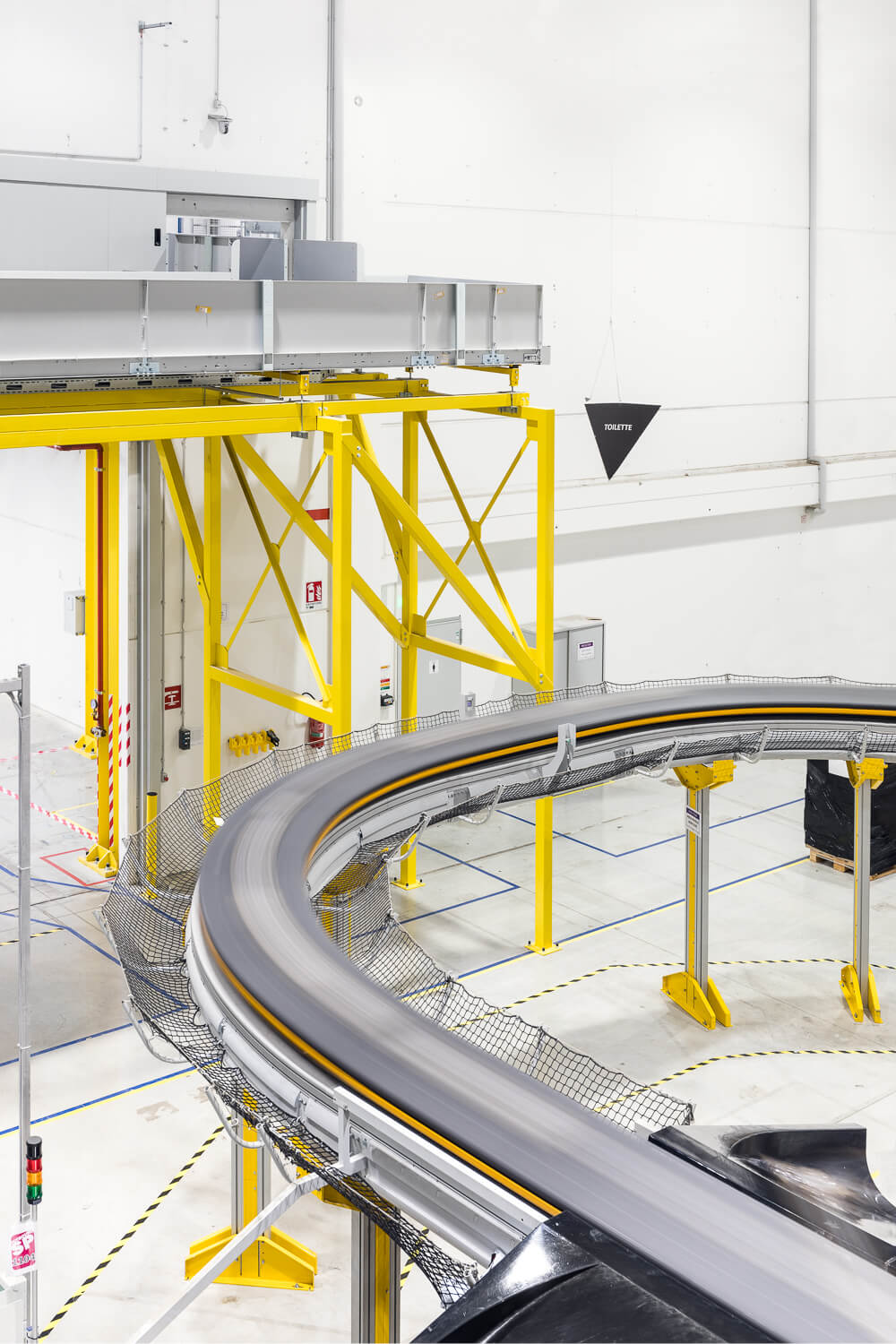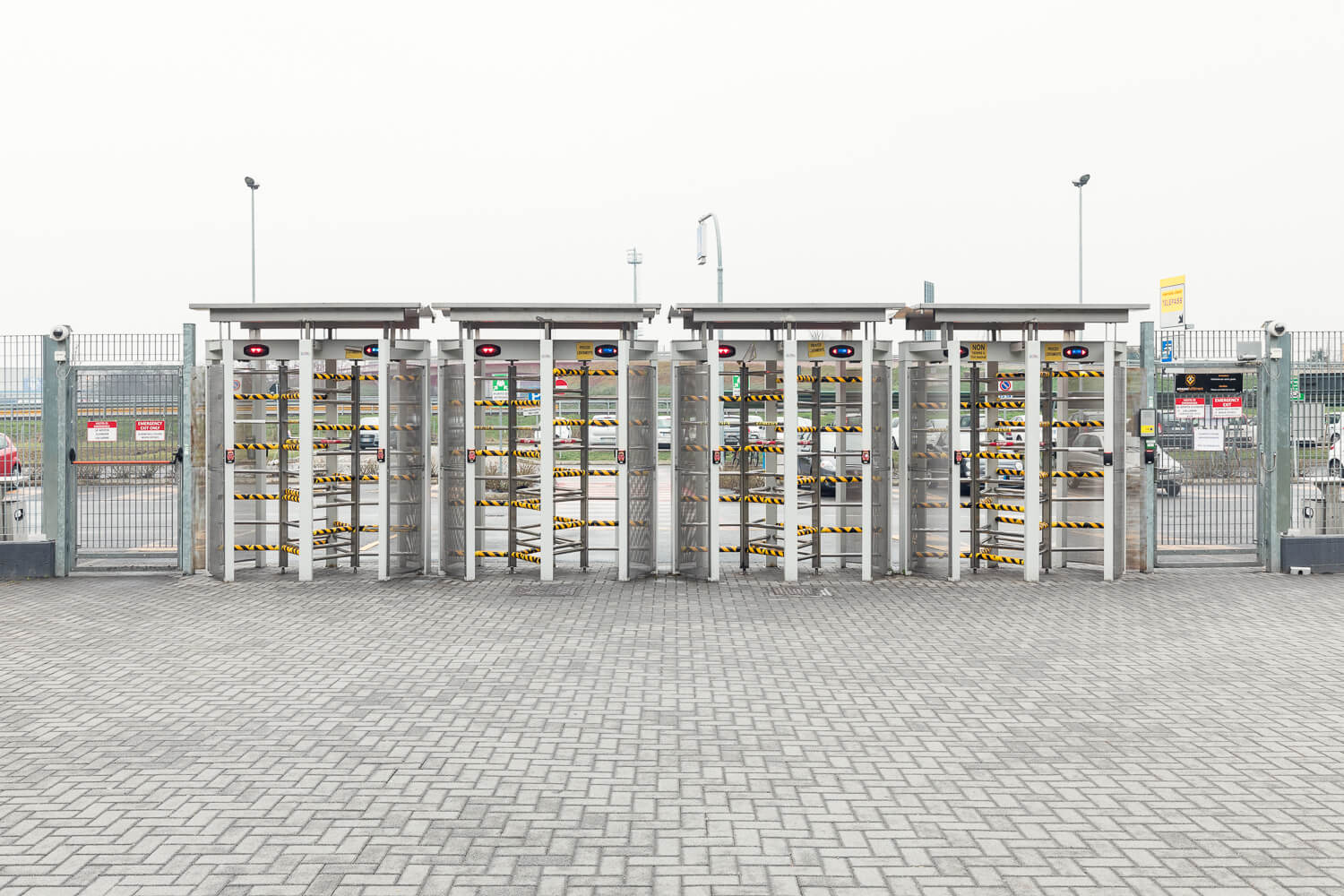Bigger Faster Cheaper
Olivetti is just one of the countless instances in which finance has radically altered the structure of a company affecting its strategic business choices. The history of the firm, going from 1908 to the present day, leads us to the contemporary situation, where new conditions are associated with an even more far-reaching financialization, not affected at all by the 2008 crisis. The spread of “post-capitalist” prophecies linked with new consumption and business models (such as collaborative consumption, peer and sharing economy) coexist with an increasingly unequal income distribution and with the monopolistic tendency of the giants of ICT and distribution. For some of them, this tendency is an inevitable outcome of financialization. As companies like Amazon have a market capitalisation that is the triple of its (enormous) revenue, and as this value is based on expected future returns, it would be unprofitable to raise prices and start to earn from their sales. The value of their shares would plummet. The “future return” must be deferred sine die, while these giants are forced to a constant rush for the complete control of the market.

The current debate on platform capitalism has highlighted an additional contradiction. While, on the one hand, immaterial labour and goods are increasingly central in contemporary economy, on the other hand, the still material labour within such platforms involves forms of heavy exploitation. While waiting for these tasks to be replaced by machines – more suitable than humans to meet the needs imposed by financial capital’s fugacity and unpredictability – individuals play an increasingly minor role and are employed in jobs that might soon disappear. Shared benefits (fast shipping of any kind of product, car sharing, short term rentals, a social wall for sharing ideas and promoting initiatives at zero cost, the possibility of searching billions of pieces of information on the web) entail gigantic profits as well as social risks to be taken into account.

The outcomes of this transition are reflected also in the objects it gives birth to. Actually, objects are no longer central, while the main focus is on logistics, networks and systems. Objects, their quality, their authors become minor aspects and increasingly interchangeable. On the other hand, networks of information and distribution systems represent the real key in today’s business. It doesn’t matter who or what, but how fast and on what scale. Advanced logistics represents one of the most interesting and controversial sectors of the current technological and economic cycle and its disruptive features are having a significant impact on the world of trade and also on product design. In the section entitled Bigger Faster Cheaper, the photos by Delfino Sisto Legnani, taken at Ikea and Amazon logistic hubs in Piacenza, investigate the consequences and the power relations that a new economic and technological cycle is imposing to the market: new rules and new speeds to be followed or to be counteracted.

